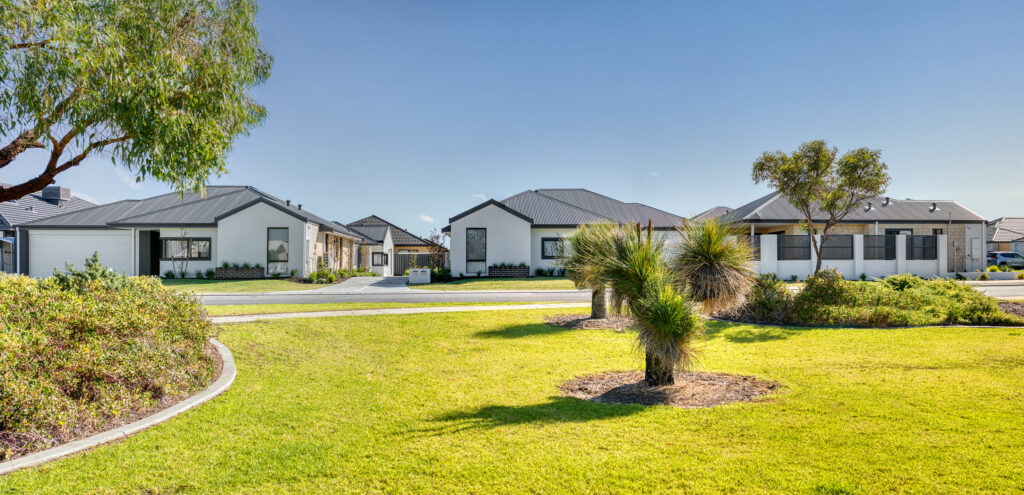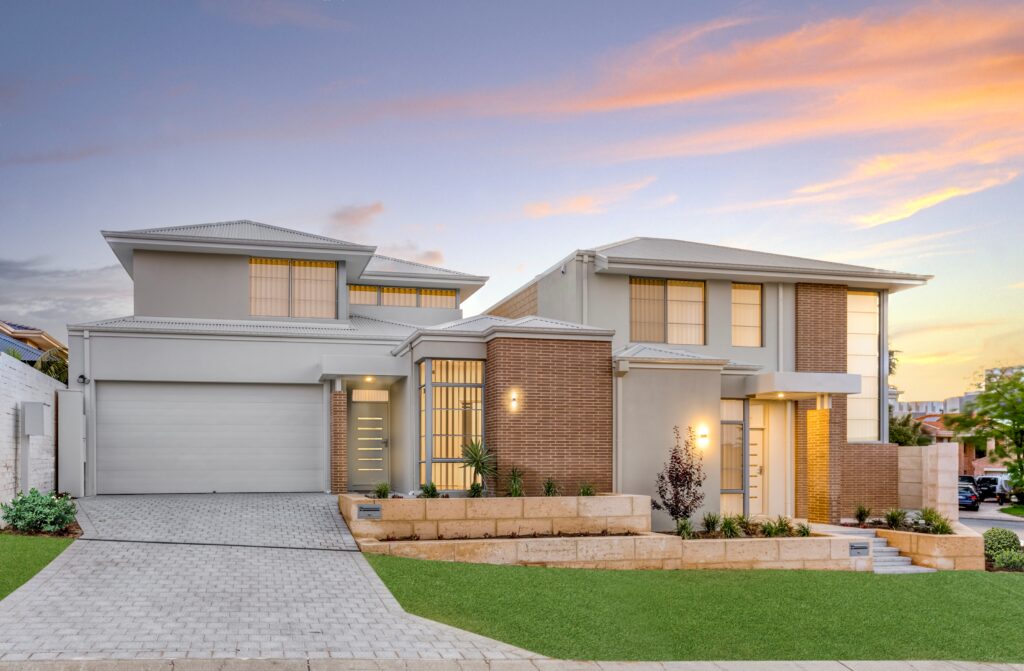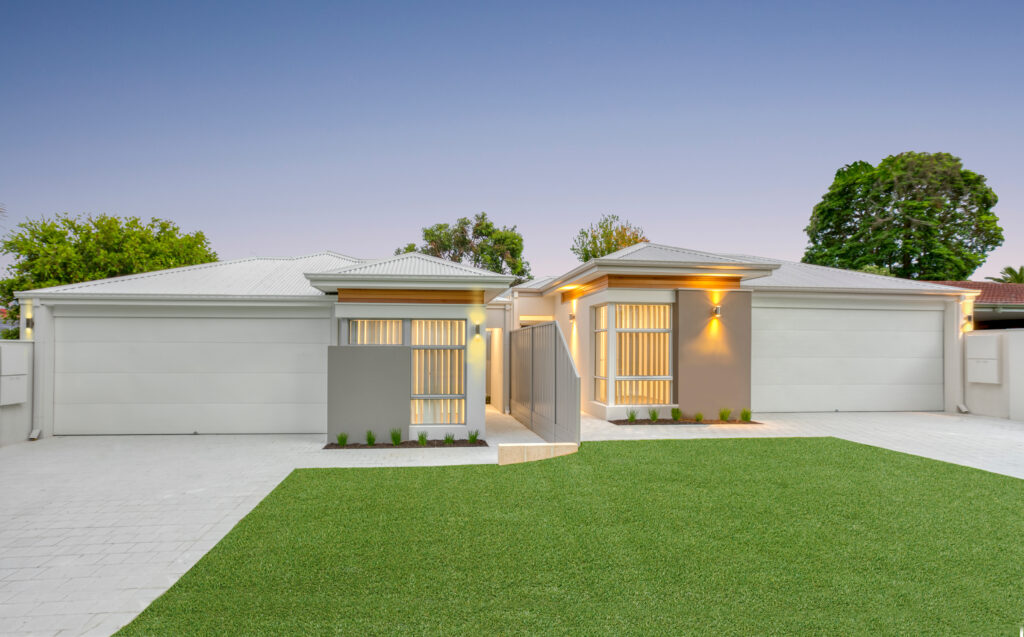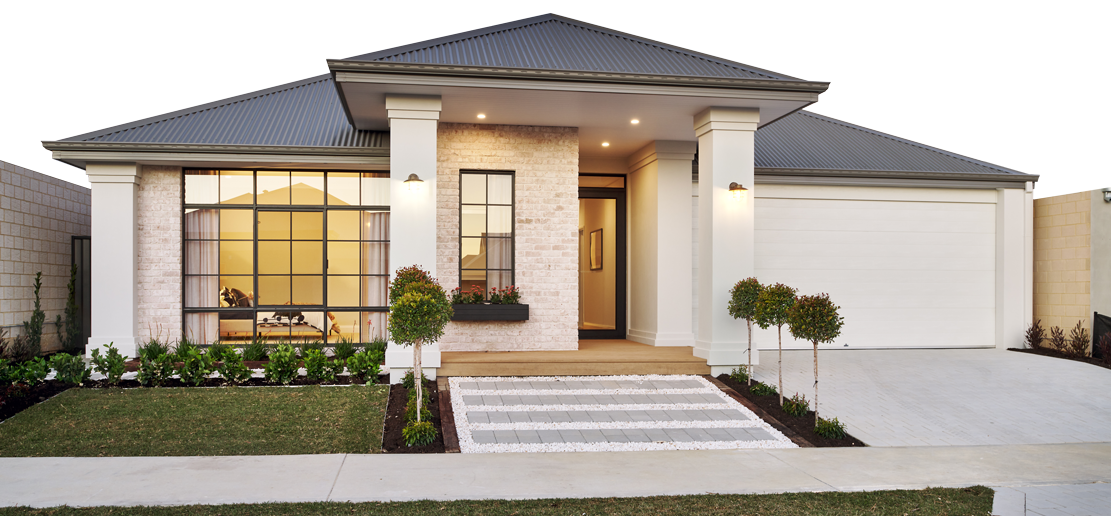After three years of record growth, Perth remains the most affordable capital city in Australia to buy property in.
With Perth’s rental vacancy rate remaining below 1%, demand for housing stock continues to soar to ease the city’s housing shortage.
This combination of high demand, low supply and relative affordability compared to east coast markets makes Perth a clear opportunity for prospective investors – and local experts advise WA buyers to get in first.
According to Adrian Johnson, Ewan McConnell and Quentin Lau of Summit Developments, investors who are ready to enter the market are in a good position as Perth is still massively undervalued.
“Perth’s property market remains the most affordable in the country, yet it’s poised for continued growth,” said Adrian Johnson, Summit Developments’ senior development consultant.
He said now is the perfect time to consider subdivision or strata lots as a wealth creation strategy, which will also contribute much-needed supply to the market.
“For anyone starting out in property investment and who lacks the ability to take on a large scale project, front and rear strata projects are an ideal strategy,” Adrian said.
Summit Developments senior development architect Quentin Lau advised that while there’s hesitation around the current climate, “the bigger picture is that Perth is still undervalued and other markets are starting to muscle in.”
“As I remind my clients, we know inflation is going to be high – so as long as interest rates are lower than the inflation rate, you’re still going to be in front,” he said.

A Grouped Housing development in Waikiki.
Top Perth suburbs for subdivision and investment potential
The option to subdivide, develop and build a duplex, rear or front strata is often overlooked by property owners but can free up capital while kickstarting a pathway into property investment.
With more than $500 million of successful unit developments to its name, Summit Developments can talk you through the process from start to finish, including building codes, site works and home designs.
Summit Developments’ senior development consultant, Ewan McConnell, recommends looking at “infill areas in close proximity to the Perth CBD with infrastructure or proposed activity centres such as universities, shopping centres or nearby public transport”.
“Consider Perth’s older suburbs where you are paying land value only and the existing house has no intrinsic value or property with an existing house that has redevelopment potential on the vacant portion,” he said.
Such suburbs include:
- Alfred Cove
- Ardross
- Attadale
- Como
- Dianella
- Doubleview
- Inglewood
- Kardinya
- Karrinyup
- Melville
- Morley
- Mt Lawley
- Nedlands
- Noranda
- Riverton
- Palmyra
For example, Attadale currently has a median house price of $1,460,000 and a median weekly rent of $795, with its rental price going up by 22.3% in the last 12 months. With many older houses still on large blocks, the suburb is primed for exploring development opportunities.
“Property is not a speculated, short-term investment,” Quentin advised. “It’s a long-term, stable growth strategy and investors have the potential to maximise their potentials and make the most of historic low vacancy rates.”
Part of this approach is understanding a suburb’s rental yield, which will give an idea of your expected return on investment.

A triplex subdivision development in Kallaroo.
What is a rental yield?
Rental yield is the percentage difference between the cost of an investment property and its annual rental income.
To work out a gross rental yield, add up the weekly or monthly rent to get an annual rental income, then divide by the property’s cost and multiply by 100.
For example, if a house rents for $400 per week ($20,800 a year) and cost $500,000 to buy, the rental yield would be 4.1 per cent.
Essentially, the higher the rental yield, the higher the expected return on investment. Using suburb data insights can help.
How to start subdividing and developing your property
Ewan said engaging a developer early in the process was key to maximising investment and preventing pricey mistakes.
“The type of development you can build on your block will be determined by residential design codes. Knowing what’s possible for your site and the rules and regulations involved is vital,” Ewan said.
“For example, something as simple as a sewage connection may have added complications that could prove costly down the track, so it is crucial to have the right people around you from day one.”

A duplex subdivision in Kardinya.
The next step is to conduct a feasibility study.
“Your developer will analyse your project to maximise the potential returns and minimise the risk of any cost blowouts,” Adrian said.
“Following this, they will order a feature contour survey to allow them to correctly assess your block and create detailed home designs.
“Once all of this is complete, your developer can then accurately recommend what type of strata development will best suit your site.”
To learn more about subdividing and building options, speak to their team of experts.
*As originally published by realestate.com.au




